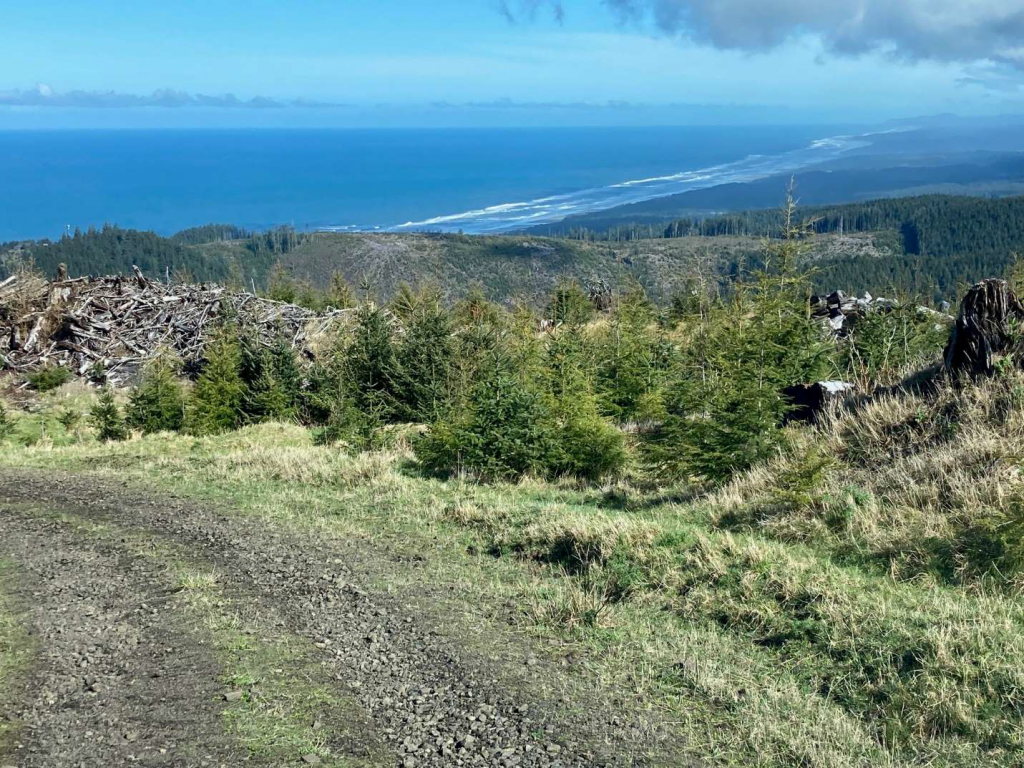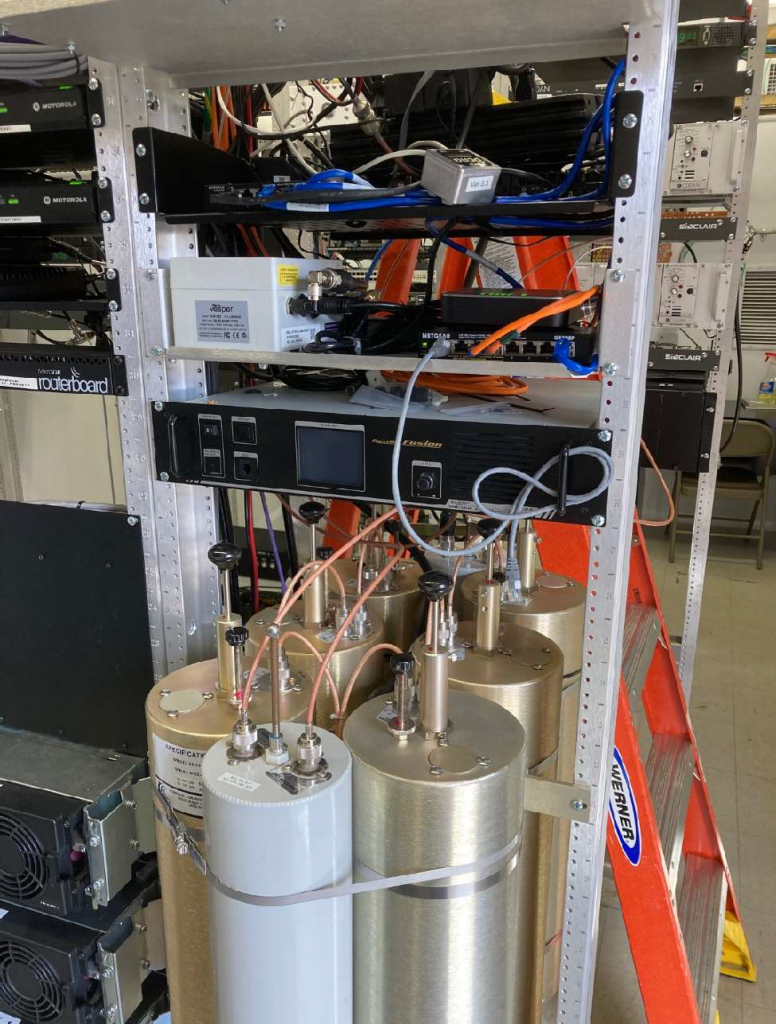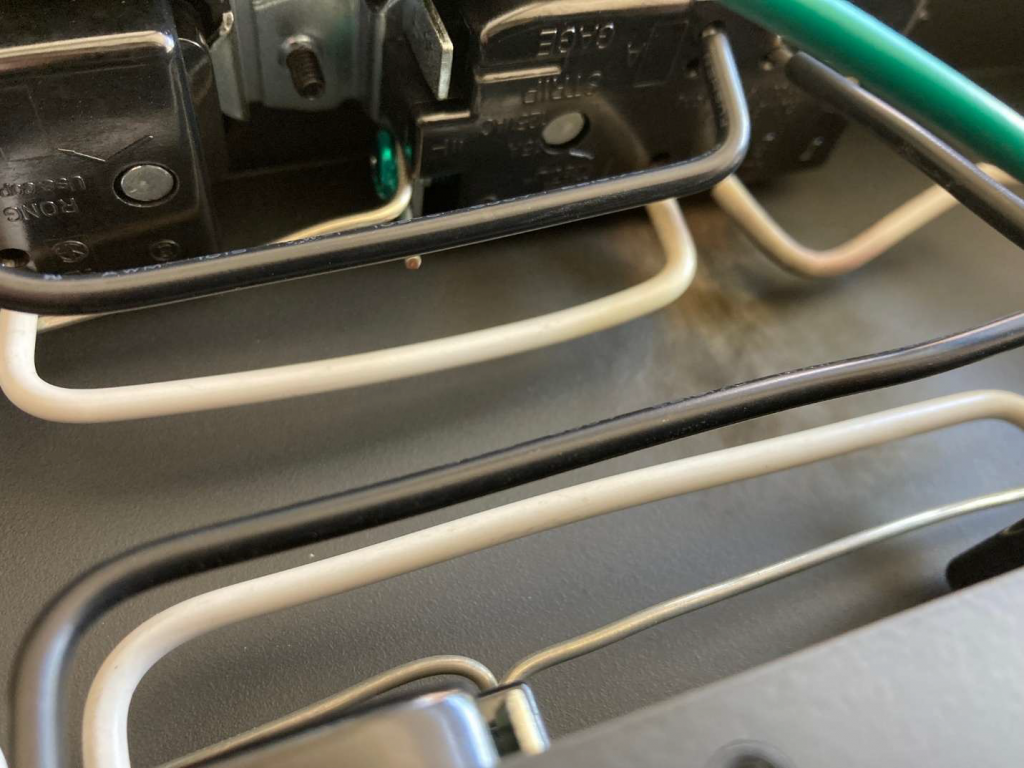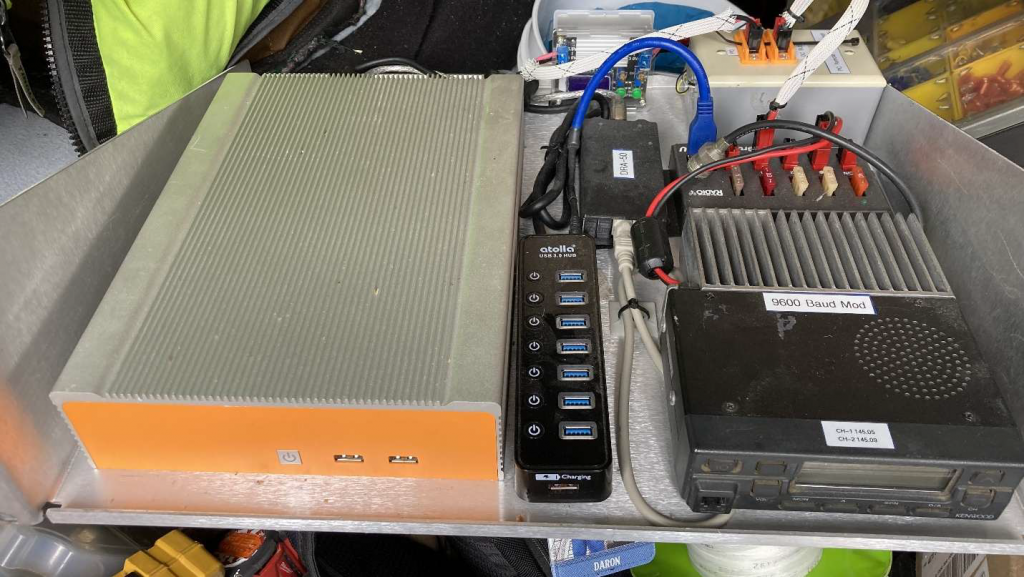Purpose:
The purpose of the net is to share information and to facilitate communication between coastal communities in AK, WA, OR and CA in order to build community awareness, prepare for interruption of services and disasters, and to enhance overall community resiliency.
Net participants are those interested in sharing information on upcoming emergency or disaster-related training events and opportunities, as well as, summaries of actual events. The net will be run on the first and third Thursday of each month at 13:30 Pacific time on Brandmeister ‘Western Oregon’ TG 31412.
This is a directed net. Check-ins will share information with other net participants. The net is open to all licensed amateurs who have an interest in emergency or disaster-related communications especially those associated with ARES/ RACES, Hospital communication groups, Medical Reserve Corps, Community Emergency Response Teams, and neighborhood groups.
Although there are a few DMR repeaters in our area of interest, most participants can use hotspots to access the DMR network. In addition to the net, the Western Oregon talk group 31412 may be used as an evaluator back-channel during large-scale training events (e.g., Disaster Airlift Response Team drills, Cascadia Rising, IronOR). Cascadia Coastal Coalition:
Cascadia Coastal Coalition (http://cascadiacoastalcoalition.org/) is an Oregon 501(c) (3) not for profit organization. Our mission is to promote disaster readiness, response, recovery and resilience in support of Pacific Northwest coastal communities. We promote awareness, training, and exercise development and coordination. We strive to build coastal public agency and private entity cooperation, and act as catalyst for statewide and regional coalition development. Our initial projects center around Medical Care and
Emergency Communications during the initial phase of disasters. During the past few years we have worked with coastal communities in Alaska, Oregon, and Washington




